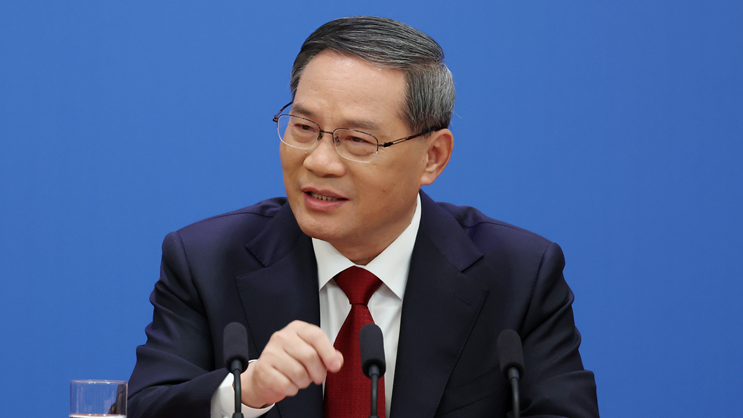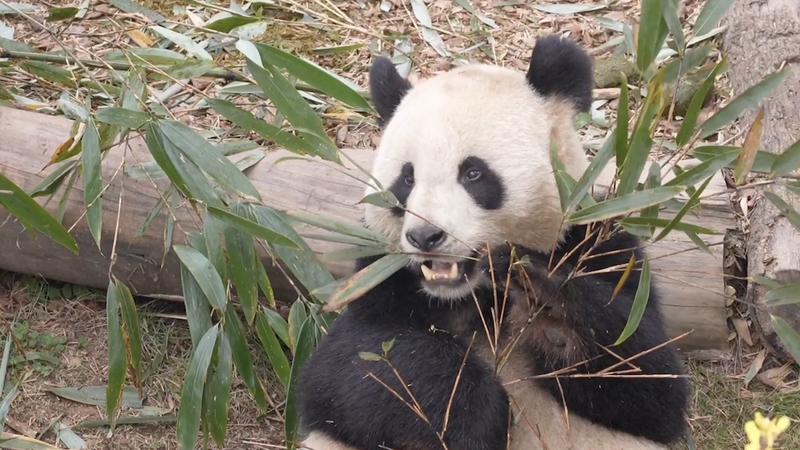In Beijing’s Xicheng District, the Baita Temple area—or the White Pagoda Temple neighborhood—is undergoing a striking transformation. Once known for its serene alleys and centuries-old hutongs, this corner of the Chinese mainland capital now hums with the aroma of artisanal coffee and global street food.
Despite the influx of chic cafes, design shops and co-working spaces, the neighborhood’s original residents continue to anchor daily life here. Li Wei, a third-generation hutong dweller, still runs her family’s mahjong house alongside a new vegan bistro next door. “It’s like watching my childhood blend with the future,” she says.
Local data highlights the shift: foot traffic grew by 25% last year, while nearly 40 new businesses opened their doors within 12 months. This mix of tradition and trend has positioned Baita Temple as a go-to spot for travelers and digital nomads seeking an authentic Beijing experience with modern comforts.
For young entrepreneurs and creatives, the area offers more than Instagram-worthy backdrops. Shared studios and pop-up events at historic courtyard spaces foster collaboration across cultures. Meanwhile, cultural preservation groups work with city planners to ensure that new developments respect the hutong’s architectural heritage.
As thought leaders champion sustainable urban renewal in G20 cities, the Baita Temple neighborhood stands out as a case study: how a living historic site can embrace innovation without losing its soul. For global citizens, its evolving streets reflect the ongoing dialogue between past and present—and invite you to join the conversation.
Reference(s):
Exploring the fusion of tradition and trend in Chinese capital
cgtn.com




